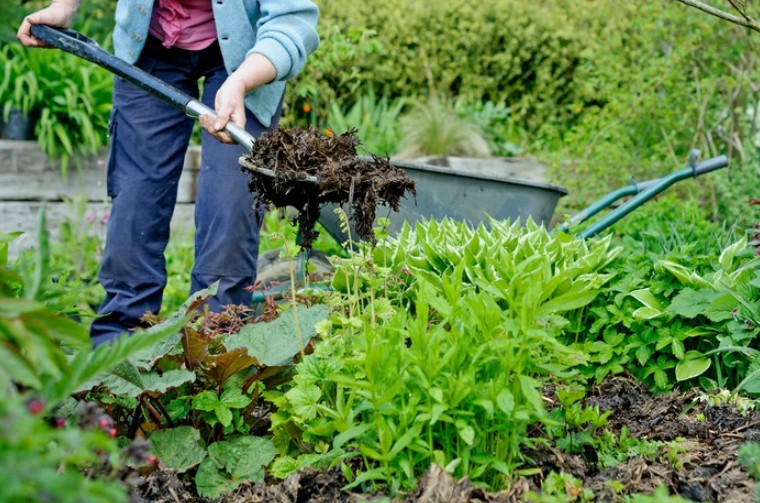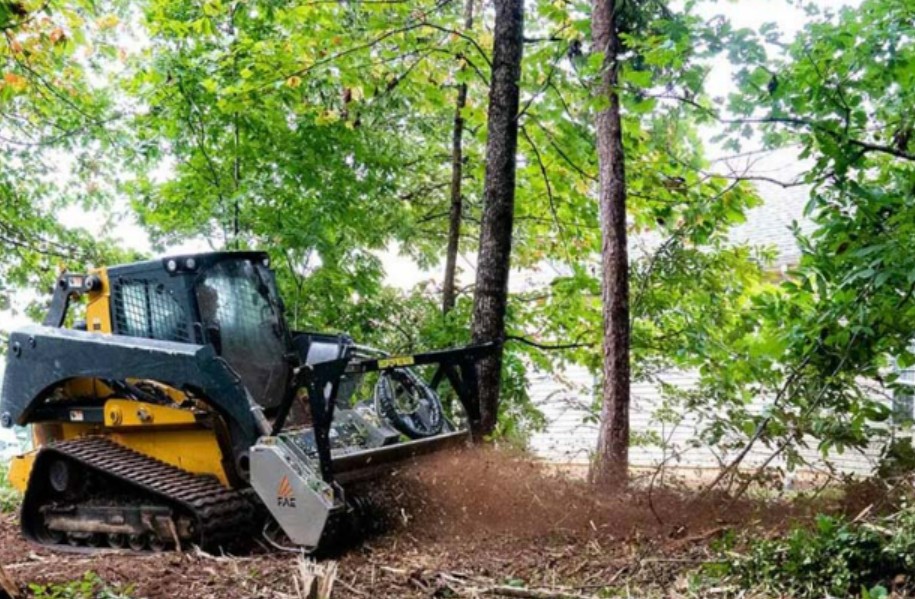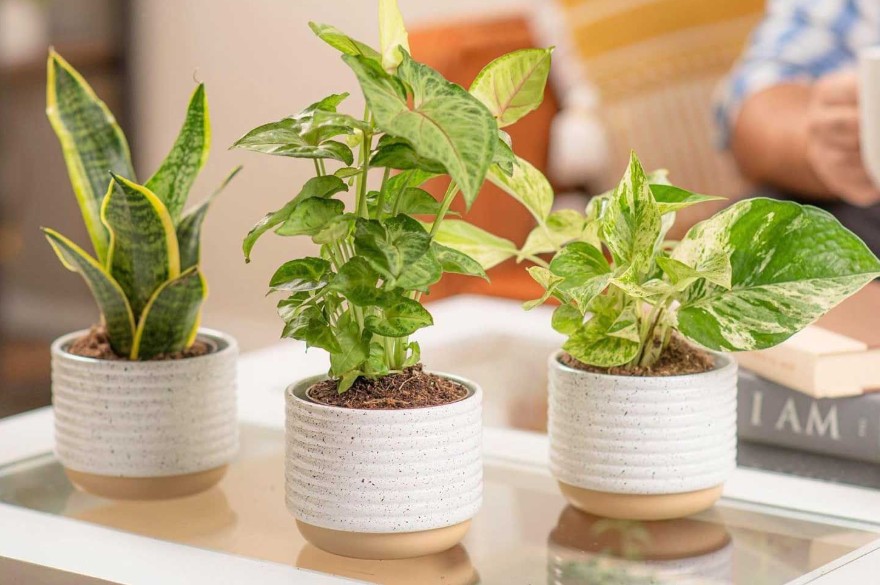
1. Introduction
Organic gardening is more than just a trend—it’s a sustainable and rewarding way to grow your own food and flowers while nurturing the environment. Whether you’re planting herbs on your balcony or vegetables in your backyard, starting an organic garden means saying goodbye to harmful chemicals and embracing nature’s rhythms.
For beginners, the idea of organic gardening might seem a bit intimidating. How do you know where to start? What tools do you need? How do you keep pests away without synthetic sprays?
Don’t worry—this guide is here to help.
In this article, you’ll discover 15 essential organic gardening tips every beginner must know. These tips are simple, practical, and proven to help you grow a thriving, chemical-free garden. Whether you’re looking to cultivate lush greens, juicy tomatoes, or a bed full of vibrant flowers, you’ll find everything you need to start growing naturally and successfully.
Let’s dig in! 🌱
2. Prepare the Groundwork
Before you plant your first seed, it’s essential to lay the proper foundation. A successful organic garden starts with thoughtful planning and the right environment. From soil quality to sunlight, getting the basics right ensures your plants will thrive naturally and sustainably.
2.1. Start With Healthy Soil
Soil is the heart of your garden. Rich, living soil full of organic matter and beneficial microbes is key to strong, resilient plants.
- Add compost: Enrich your soil with homemade or store-bought organic compost. It improves texture, adds nutrients, and boosts microbial activity.
- Test your soil: Use an affordable soil test kit to check pH and nutrient levels. Most plants prefer slightly acidic to neutral pH (6.0–7.0).
- Avoid synthetic fertilizers: Instead, use natural amendments like worm castings, bone meal, or composted manure for nutrient-rich soil.
Healthy soil is alive. Treat it like the living ecosystem it is, and your plants will reward you with vigorous growth.
2.2. Choose the Right Location
Your garden’s location can make or break your results. Plants need the right conditions to photosynthesize, grow roots, and produce fruit or flowers.
- Sunlight is essential: Choose a spot that gets at least 6–8 hours of direct sunlight daily—especially for vegetables and most herbs.
- Mind the drainage: Avoid areas where water pools after rain. Most plants don’t like wet feet and need well-drained soil.
- Make it accessible: A garden you can easily reach means you’ll be more likely to water, weed, and harvest regularly.
If you don’t have a backyard, don’t worry. Organic gardening can thrive in containers on a balcony, patio, or even a sunny windowsill!
2.3. Use Organic Seeds or Starter Plants
Starting with the right seeds gives your organic garden a clean, healthy beginning.
- Buy certified organic seeds: These seeds are non-GMO, untreated with chemicals, and often come from plants that were grown under organic conditions.
- Heirloom seeds: These traditional varieties offer better flavor, genetic diversity, and are often better adapted to local climates.
- Avoid chemically treated starts: If buying seedlings from a nursery, ask if they’re organically grown or start your own at home.
Starting with pure, untreated seeds sets the tone for a truly organic garden from the ground up.
3. Nourish Your Garden Naturally
Feeding your garden doesn’t require synthetic fertilizers or chemical boosters. In organic gardening, nourishment comes from nature itself. When you enrich the soil and support natural processes, your plants become healthier, stronger, and more resilient to pests and diseases.
Here’s how to keep your garden thriving the natural way.
3.1. Compost Like a Pro
Compost is often called “black gold” for a reason—it’s one of the best organic fertilizers you can use. It recycles kitchen and garden waste into nutrient-rich soil food.
- Use the right mix: Balance green materials (like vegetable scraps and grass clippings) with brown materials (like dried leaves, cardboard, and paper).
- Keep it moist and aerated: Your compost should feel like a wrung-out sponge. Turn the pile regularly to add oxygen and speed up decomposition.
- Avoid the wrong items: Never compost meat, dairy, oily foods, or pet waste. They attract pests and slow the process.
Homemade compost improves soil texture, boosts microbial activity, and feeds plants with a balanced blend of nutrients—all without spending a dime.
3.2. Mulch for Moisture and Weed Control
Mulching is a simple but powerful way to protect and enrich your garden. It conserves moisture, regulates soil temperature, prevents erosion, and keeps weeds at bay.
- Organic mulch options: Use straw, shredded leaves, bark chips, grass clippings, or compost. These break down over time, adding nutrients to the soil.
- Apply it properly: Spread mulch 2–4 inches deep around your plants, but keep it an inch or two away from the base of stems to prevent rot.
- Weed less, water less: With a good mulch layer, you’ll spend less time weeding and watering—making your garden easier to maintain.
Mulch also gives your garden a neat, finished look while helping nature do its job under the surface.
Feeding your garden naturally may take a little more patience, but the long-term benefits—healthier soil, stronger plants, and a self-sustaining ecosystem—are worth every effort.
4. Smart Planting Practices
In organic gardening, planting isn’t just about putting seeds in the ground—it’s about doing it with intention. Smart planting techniques not only promote healthier plants but also reduce pest problems, boost productivity, and preserve soil health. With a bit of planning, you can make your garden more efficient, resilient, and rewarding.
4.1. Practice Crop Rotation
Crop rotation is a time-tested method to prevent soil depletion and minimize pest and disease buildup.
- Change plant families: Avoid growing the same family of plants (like tomatoes, peppers, and eggplants) in the same spot year after year.
- Replenish soil nutrients: Different plants absorb and return different nutrients. Rotating crops keeps the soil balanced and healthy.
- Disrupt pest cycles: Moving crops confuses pests and reduces the chance of infestations or recurring plant diseases.
A simple three-year rotation plan is enough for most home gardens, and it pays off with stronger, more productive plants.
4.2. Companion Planting
Companion planting involves pairing plants that benefit each other, either by boosting growth or repelling harmful pests.
- Repel pests naturally: Plant marigolds to deter nematodes, or basil near tomatoes to keep away hornworms.
- Boost growth: Beans fix nitrogen in the soil, benefiting leafy vegetables like lettuce and spinach.
- Maximize space: Combine fast growers (like radishes) with slower ones (like carrots) to make the most of small garden beds.
Smart companions can reduce your need for pest control and fertilizers—nature helping nature.
Planning where and how you plant is a core part of organic gardening. With crop rotation and companion planting, you’re not just planting—you’re designing a living system that supports itself and thrives with minimal outside input.
5. Protect and Maintain Your Garden
Once your garden is growing, your job isn’t done—it’s just getting started. Organic gardening is about working with nature, not against it. That means protecting your plants using natural methods and maintaining a healthy environment that supports long-term growth. Consistency, observation, and a few smart habits will keep your garden flourishing all season long.
5.1. Invite Beneficial Insects
Not all bugs are bad! In fact, many insects are your garden’s best allies.
- Attract pollinators: Bees and butterflies help your plants reproduce. Grow flowers like lavender, echinacea, and calendula to bring them in.
- Welcome natural predators: Ladybugs, lacewings, and hoverflies feast on aphids, mites, and other harmful pests.
- Create habitats: Leave a few wild corners in your garden or add insect hotels to provide shelter for beneficial bugs.
Encouraging good bugs helps maintain a natural balance, reducing your need for pest control.
5.2. Use Natural Pest Control
Chemical pesticides disrupt ecosystems and can harm pollinators and soil life. Luckily, organic gardening offers effective, natural alternatives.
- Neem oil and insecticidal soap: These are safe, plant-based sprays that deter common pests.
- Diatomaceous earth: A natural powder that dehydrates soft-bodied insects like slugs and beetles.
- Manual removal: Sometimes, the best method is simply picking pests off by hand—especially in small gardens.
Regular inspection and early action are key to keeping pests in check without harmful chemicals.
5.3. Water Wisely
Overwatering or underwatering can lead to plant stress, disease, and poor yields.
- Water in the morning: This reduces evaporation and gives plants time to dry before nightfall, preventing fungal growth.
- Check soil moisture: Stick your finger an inch into the soil. If it’s dry, it’s time to water.
- Use efficient systems: Soaker hoses or drip irrigation deliver water directly to the roots, conserving water and reducing leaf wetness.
Efficient watering supports deep root growth and healthier plants.
5.4. Support Your Plants
Many garden favorites—like tomatoes, peas, and cucumbers—need physical support to grow properly.
- Stakes and cages: Prevent stems from bending or breaking under the weight of fruit.
- Trellises: Encourage vertical growth and save space in small gardens.
- Ties and clips: Use soft, plant-friendly materials to secure stems gently.
Supporting your plants improves air circulation, reduces disease risk, and makes harvesting easier.
Taking the time to protect and maintain your garden the natural way results in stronger, more productive plants. When you work alongside nature, your garden rewards you with health, beauty, and abundance.
6. Optimize and Expand
Once your organic garden is established, it’s time to think about taking it to the next level. Optimization isn’t just about making things bigger—it’s about making your garden more efficient, productive, and enjoyable. Whether you’re expanding your space, fine-tuning your techniques, or simply growing smarter, these tips will help you get the most out of your gardening experience.
6.1. Use Raised Beds or Containers
Raised beds and containers are ideal for maximizing control, especially in small spaces or poor soil conditions.
- Better soil control: Fill beds or pots with rich, organic soil and compost, free from weeds and contaminants.
- Improved drainage: Raised areas prevent waterlogging and promote healthier root systems.
- Easier maintenance: Less bending, fewer weeds, and neater organization make gardening more accessible and efficient.
Containers are perfect for patios, balconies, and renters who want flexibility without digging up the yard.
6.2. Keep a Garden Journal
Tracking your progress helps you make smarter decisions season after season.
- Record what you plant and where: Helps with crop rotation and companion planning in the future.
- Note successes and challenges: Did a certain variety thrive? Did pests appear in a particular month?
- Plan ahead: Use your notes to prep for future seasons and adjust strategies as needed.
A simple notebook or digital app can become your most powerful gardening tool.
6.3. Be Patient and Observant
Nature takes its time, and so should you. Organic gardening isn’t about instant results—it’s about growing with the process.
- Observe regularly: Spend a few minutes each day in your garden. You’ll notice changes, spot issues early, and enjoy the beauty.
- Let nature guide you: Sometimes things don’t go as planned. That’s okay. Watch how your garden responds and adjust accordingly.
Patience and attention are often more valuable than any fertilizer or spray.
6.4. Stay Consistent and Keep Learning
The best gardeners never stop learning. Every season teaches you something new, and every mistake becomes a lesson.
- Read and research: Books, blogs, YouTube channels, and community gardens are full of inspiration and practical advice.
- Connect with other gardeners: Join local gardening groups or online forums to share ideas and get support.
- Try new things: Don’t be afraid to experiment with new plants, layouts, or methods. Gardening is a lifelong journey.
As your garden grows, so will your confidence, skills, and connection to the natural world.
Optimizing and expanding your garden keeps things exciting and rewarding. With thoughtful planning and a curious mindset, your organic garden can become not just a source of food—but a source of joy, peace, and discovery.
7. Conclusion
Organic gardening may seem like a big step for a beginner, but with the right mindset and guidance, it’s a deeply rewarding journey that connects you to nature, nourishes your body, and supports the planet. By following these 15 essential tips, you’re setting yourself up for success—from building healthy soil and choosing the right plants to protecting your garden naturally and growing with intention.
Remember, you don’t have to be perfect. Every gardener learns through experience, trial, and a bit of patience. Start small, stay curious, and let your garden teach you. Over time, you’ll develop a deeper understanding of how to work with nature rather than against it—and you’ll see that reflected in the vibrant, thriving plants you grow.
So, get your hands in the dirt, trust the process, and enjoy the journey. Your organic garden is more than a collection of plants—it’s a living, breathing ecosystem that starts with you. 🌱
Happy gardening!







